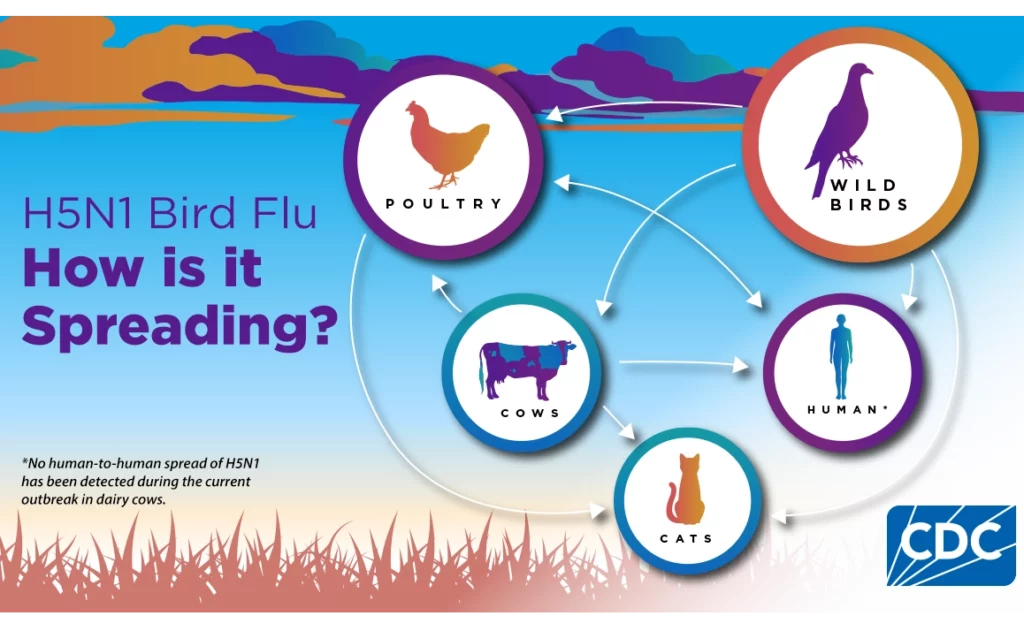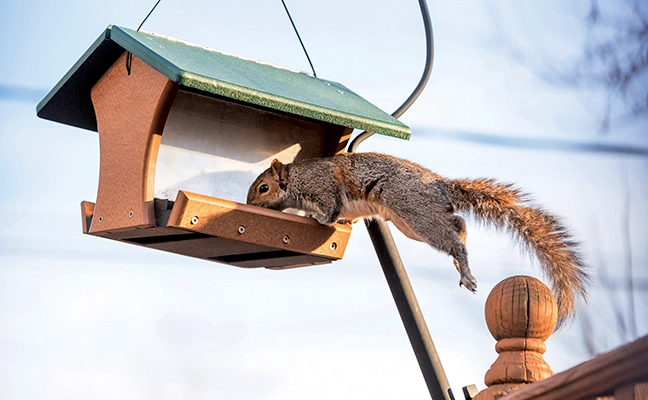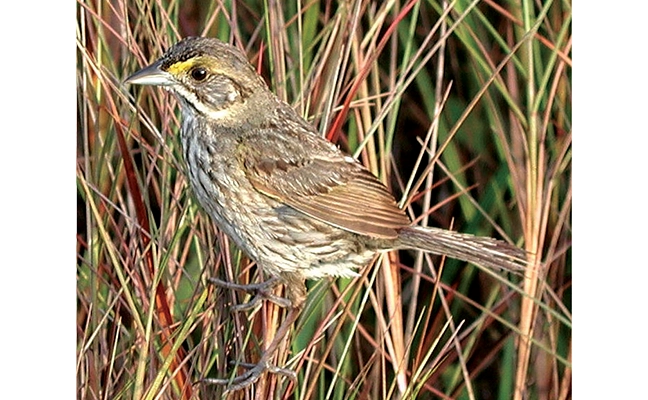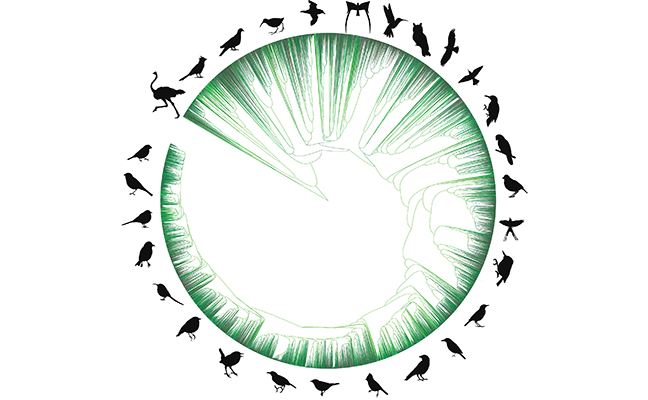
The current U.S. outbreak began in late March 2024 with the detection of H5N1 bird flu in dairy cows. IMAGE: CENTERS FOR DISEASE CONTROL AND PREVENTION
As of early June, the Atlanta, Ga.-based Centers for Disease Control and Prevention (CDC) reports the United States is still experiencing an outbreak of the H5N1 bird flu. This virus outbreak currently poses minimal risk to the public. However, the risk rises for those with prolonged contact with infected animals or contaminated environments, including pest management professionals (PMPs) who offer bird control and prevention services.
This virus may spread in a few ways:
- Direct contact between infected birds and other animals
- From contact with virus-contaminated environments or animal byproducts
- Avian influenza A virus through the air (droplets or dust)
- Very rare, limited person-to-person spread, which has occurred in other countries, although it has not been more than two people at a time
Human infections happen most often after close, prolonged and unprotected (not using proper personal protective equipment, or PPE) exposure to infected wild birds, domestic poultry, cats, cows or other infected animals. Examples include a person getting a splash of contaminated water in their eye or touching the animal or its feces and then touching their eyes with contaminated gloves or fingers. Being in environments contaminated by infected animals via saliva, mucus or feces without PPE also is risky because the virus can be inhaled.
Virus infections in humans have ranged from no symptoms to mild, moderate or severe disease and complications, including death. Eye redness has been the predominant symptom among recent U.S. cases. Antiviral treatment works best when started soon after symptoms begin, ideally within two days of developing symptoms.
Visit here for more information.
Best practices for bird feeders

You may prefer never to see a bird feeder at an account, but if your customers really want the feeders in their yards, offer them these tips from the U.S. Fish and Wildlife Service (FWS):
- To reduce the risk of birds running into reflective windows, move the feeder to within 3 feet of the windows or cover them with decals or screening. Research shows windows 15 to 30 feet from a feeder pose the greatest hazard to birds.
- Reduce disease risk by cleaning feeders at least once every two weeks. Newer models come apart easily for cleaning in the dishwasher. Clean older models by pouring a weak bleach solution through them. Clean hummingbird feeders every three to five days.
- Sweep up old, moldy and discarded seed under feeders.
- If any birds at the feeder look sickly, remove it until those birds disperse.
- If cats visit the yard, rethink having a feeder. Cats kill more than 2.5 billion birds a year in the United States and Canada — one of the largest of anthropogenic (human activity-related) causes of bird death.
Visit here for more information.
DID YOU KNOW?
Mercury may be endangering sparrow species
Alan Mock, a doctoral candidate at Florida International University, and his team published a study on how mercury exposure, likely from a mix of drought and contaminated food sources, affects the reproductive success of the Cape Sable seaside sparrow (Ammospiza maritima mirabilis).
Visit here for more information.

10,000-plus species in ‘Tree of All Birds’
Professor Emily Jane McTavish and colleagues at the Cornell Lab of Ornithology have mapped the evolution of every known bird species. They created a complete evolutionary tree of bird species by combining data on 9,239 species published in nearly 300 studies between 1990 and 2024 and additional curated data on another 1,000 species.
Visit here for more information.

Leave A Comment